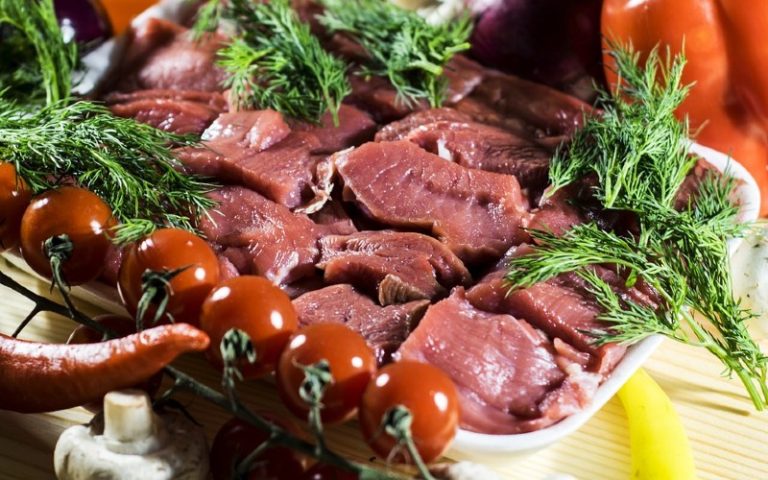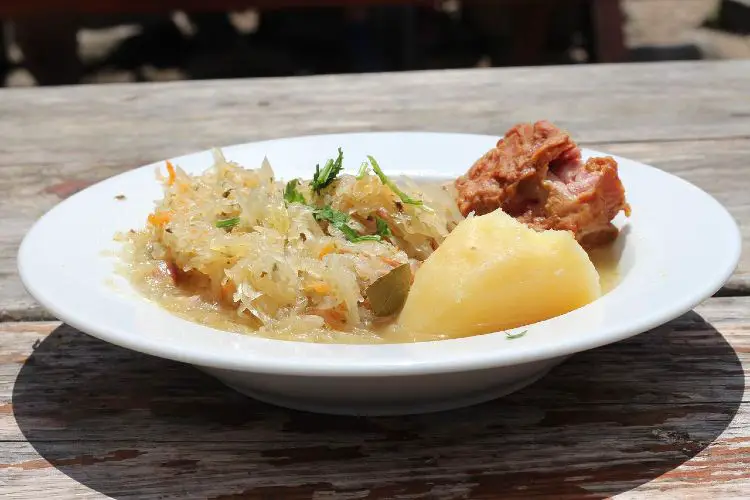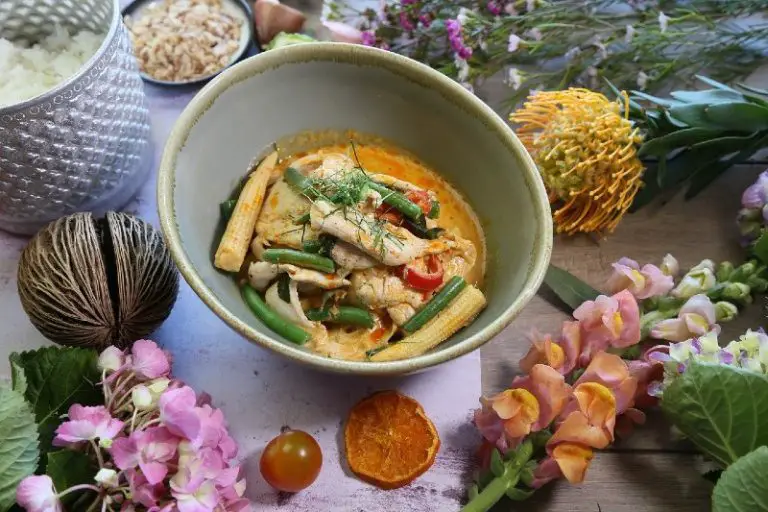Catherine de Medici: A Royal Renaissance Party Planner
Catherine de Medici was born in Florence in 1519, the daughter of Lorenzo di Medici, Duke of Urbino, ruler of Florence and one of the most powerful and wealthiest men in the Renaissance world.
She went to live in France in 1533, aged just 14, betrothed and destined to form a dynastic allegiance with Henry, the second son of Francis Ist, King of France, who was a political ally of her uncle, Giulio de Medici, anointed Pope Clement VII.
As her horses, carriages, cooks, maids and attendants rode from Florence to the court of Valois, they were reputed to be carrying with them parsley, artichokes, salads, forks and glazed earthenware, which had never been used previously in the French palace kitchens. Catherine was to have a profound influence on the dining habits of the French and her unwelcome arrival into what was an essentially conservative and hostile court changed the course of French banqueting and festivities for ever.
During her unhappy marriage, while her husband, who later became King Henry II, had a long lasting affair with his mistress, Diane de Poitiers, France became increasingly divided by civil and foreign wars. As a very powerful role model and figure head, Catherine used public festivals as a way of galvanising public support for the monarchy and showcasing the ruling family’s wealth and power.
Whenever the royal family toured a new city, there would be a carefully orchestrated ceremonial entry, accompanied by music, dancing, poetry citations, nobility, priests and local dignitaries. During military festivals there would be displays of horsemanship, combat and medieval chivalry, and during masquerades there would be theatre, drama and sumptuous food. It was in the preparation, planning and execution of spectacular parties that Catherine de Medici exercised her considerable prowess.
She was a powerful and influential patron of the arts, from painting to embroidery, landscape design, gastronomy, sculpture and music and she used her connections and flair to her best political advantage.
Magnificent gardens would be festooned with garlands and statuary, ballet concerts were held in meadows and banqueting pavilions were created amongst trees on an island in the middle of a river, where boats were disguised as whales, carrying guests.
There is much to read about in historical records highlighting the menus that were on offer. From duck in orange, to chicken livers cooked with sage, fish quenelles, zabaglione, frangipani tarts and sorbets, the dinners were lavish and generous, with, for the first time in history, sweet courses divided from savoury ones.
It was recorded in kitchen accounts that in 1549 no less than 66 turkeys were used at a banquet at which Catherine de Medici had been invited. Hosts evidently felt the need to produce the finest courses in her honour: turkeys were even more exotic and prized than peacocks when they were introduced to European kitchens by the Conquistadores from Mexico through Spain in the 16th Century.
Tables were dressed in embroidered linens and lacy napkins, hand-cut crystal glasses and engraved silverware. Catherine also introduced etiquette rules to feasting ensuring that all the different political factions that were at war within France would sit and eat together at her table, enabling her to influence the conversations of the day.
In 1559, when a peace treaty was signed to bring about the end of the Italian Wars, Catherine hosted five continuous days of jousting, masked balls and festivities, to unite the people and refocus their attention on paying respect and allegiance to the court of Valois.
In 1564, Catherine embarked on an epic journey across France, trying to heal the wounds of her divided kingdom. This was called “Le Grande Voyage de France” and it lasted two years: it was an attempt to secure the loyalty of both Catholic and Protestant Huguenot strongholds amongst her French subjects by showing them the monarch in real life.
Some 80 000 horses were used in transporting Catherine and her entourage across France, and the courtiers stayed in inns, castles and farmhouses along the way. They hired many local cooks who worked alongside court cooks, seeing their recipes, ingredients and methodologies.
That is why, over five hundred years later, the myth still exists in food history that Catherine de Medici taught the French people gastronomy. She certainly had a very great influence on a number of ways dishes were prepared and presented in the court kitchens, but above all she was at the vanguard of festivities and banquets. In an era when cookbooks for the masses did not exist, it was her travelling “peaceful party” army that showed the Italian style of cooking and “bella figura” to the French.



